Mediatek's new 64-bit SoCs created quite a buzz on the market, being a lot more powerful than their Qualcomm counterparts while staying as cost-effective as we all are used to from MTK chipsets. It's not only performance that has been improved massively though, GPS - thanks to GLONASS support, power consumption and integrated support for 4G LTE are a big step forward as well, making the new generation of MTK SoCs far more than just an update.
Now a lot of companies already acquired those new SoCs in their products, but one of those companies that grew massively during 2014 have been staying silent so far, that being Doogee. They haven't been sitting on their hands though and released the Doogee F1 a few weeks back, which is their first phone supporting both 64-bit and 4G LTE. Thankfully, guys over at Doogee have been quick sending us a review sample which we tested thoroughly as usual. Enjoy the review!
Doogee Turbo-mini F1 Review: Specifications
Doogee does clearly aim the entry-level market with the F1, being the cheapest available 64-bit phone on the Chinese market so far at only $110. The 4.5-inch handset boasts a MT6732 quad-core SoC clocked at 1.3GHz, 1GB of RAM, 8GB of internal memory, a 8 mega pixel rear camera and 5 mega pixel front camera, a 2,000mAh BAK battery, dual-SIM and micro SD support as well as OTG and Mediatek's HotKnot.
Doogee Turbo-mini F1 Review: Unboxing, Design Build
Honestly, Doogee's packaging are always impressive for budget devices. They really pay attention to a professional approach, which we do appreciate every single time when getting our hands on a new Doogee device. The F1 really is no exception. Stuff you get with the phone are a second screen protector (one is applied on the phone already), multi-language quick-start guide, wall charger, micro USB cable and headphones.
The design of the phone is looking a lot like the Doogee Turbo DG2014, which has been kickin' off Doogee's success back in 2014. It's the same phone, just smaller at 134 x 65 x 8.5mm (113g) and a few changed design elements like the camera as well as upper and lower sides. The whole thing is made from polycarbonate, available in different colors, with metal plates added on the left and right side to make it feel better. The whole thing feels quite good in the hands and you really don't notice the low price at the first look.
Only on closer inspection a few flaws become obvious like the buttons being a little loose and the back cover that is really, really hard to remove. Thus, build isn't perfect yet perfectly acceptable at the price-level.
Doogee Turbo-mini F1 Review: Display
The 4.5-inch screen of the Doogee F1 offers OGS and IPS technology, which isn't quite the standard for budget phones with up to date specs. Unfortunately the panel used isn't quite the best which starts at the resolution of only 960 x 540 pixels and continues with colors that aren't the best ones and a contrast that appears to be a little worse than with the average screens used on Chinese phones. This however doesn't change anything about the fact that the screen remains perfectly usable, it just is no high-end screen. A bright backlight ensures good readability when being outside. You should just make sure to control brightness manually, as the light sensor is causing some flickering from time to time.
Doogee Turbo-mini F1 Review: Hardware & Performance
The MT6732 SoC makes the Doogee F1 quite a boomer performance-wise thanks to four powerful Cortex A53 cores clocked at 1.3GHz and a Mali T760 GPU. We have to admit that we worried about the RAM of only 1GB but it appeared to be no bottleneck, at least with the 32-bit Android 4.4.4 KitKat OS running on there. Of course you shouldn't expect to be able doing lots of multi-tasking on here, but for single apps and games the amount of RAM is fine. During daily use we didn't experience any huge lags. Everything is running fast and snappy, including the latest games played on highest settings. Playing Modern Combat 5 on high frame-rates on such a cheap phone is a real pleasure and really is a proof for how powerful Mediatek's new SoC generation is. If you ask us to describe the performance gain of the MT6732, we tell you that it's roughly twice the performance of the MT6592T - not for benchmarks, but for daily use experience.
Doogee Turbo-mini F1 Review: Software
Starting with KitKat, Doogee began to pay special attention to the ROM on their phones back last year, and continuously developing the user experience with every new phone. The Doogee F1 adds the icing on this cake with what we think is the best KitKat ROM Doogee ever made for their phones. It starts with the launcher which finally is working without any bugs, continues with a very good performance and ends with useful features such as a guest mode, off-screen gestures, system shortcut gestures, a second camera app with nice features such as age estimation, a pre-installed copy of Go Keyboard and an option to lock applications with a pass-code. Another neat feature is a power-saving mode which disables everything you don't really need once a certain charging level has been reached, unlocking a significantly extended battery life. The only thing which we believe they shouldn't have built in is a gesture sensor where you can swipe with your hands over the phone to control e.g. the picture gallery. As oh-so-often this doesn't work at all and got disabled by us right away.
Just in case you wonder: Android 5.0 Lollipop is on the way to the Doogee F1 too. Doogee indeed just started to roll out updates for some of their MT6582-based phones, so it shouldn't take too long anymore until we will be hit with a Lollipop release on the F1.
Doogee Turbo-mini F1 Review: Audio Quality
The internal speaker of the Doogee F1 is one big failure. It does sound flat and boring. What's more, the volume level is far too low even with enabled volume boost in audio settings. We really don't get while Chinese companies often fail with those internal speakers. After all, a proper speaker wouldn't make the phone much more expensive which Xiaomi has been proven several times back with their Redmi devices. Luckily the headphone jack delivers good audio quality thanks to the improved audio solution built-in to 64-bit Mediatek SoCs. We admit that the output could be a little more balance, but that's something can fix easily with equalizer applications or sound enhancers like Viper4Android.
Doogee Turbo-mini F1 Review: Reception Quality
The Doogee F1 is one of the very few phones from China supporting all important FDD-LTE frequencies including the often missed Band 20 aka 800MHz. During the test we've been able to access LTE networks by Vodafone, O2 and T-Mobile in Germany with good signal strength even outside big cities. 2G / 3G did work fine as well. Wi-Fi performance has been on a high level as well with no downstream bottleneck even with multiple walls in-between. The only thing that did really disappoint us is the GPS. Do you remember those phones with old MTK SoCs not getting any GPS signal at all? The Doogee F1 probably would be such a phone if it was using an old MTK SoC. Luckily GPS has been improved with the MT6595, MT6732 and MT6752, so the phone indeed is getting a signal, but it isn't performing good at all. Accuracy drops below 4 meters very seldom and GLONASS satellites aren't recognized at all. It's ok for basic navigation, but isn't overly reliable. We recommend you to stay away in case GPS is important for you. Again: This is NOT Mediatek's fault, but Doogee's.
Doogee Turbo-mini F1 Review: Camera
The Doogee F1 comes with a 8 mega pixel rear and 5 mega pixel front shooter. We believe that the rear camera in fact only has 6 mega pixel and is interpolated to 8 mega pixel. The quality unfortunately isn't good. The camera is only suitable for quick snapshots but not for serious photography. It has issues with direct sunlight, colors look washed out and the sharpness could be way better. The LED flash isn't more than an emergency light. What's more, recorded videos do look awful. The front camera is surprisingly usable even as a selfie cam in case you do not expect perfect results.
Doogee Turbo-mini F1 Review: Battery
In case you are shocked about the fact that the Doogee F1 does only feature a 2,000mAh battery, you are not alone as we've been too. In the end the worries have been without a reason however, as the battery came out to be very good. We got over the day easily with one charge, not caring much about energy consumption including a few minutes of gaming. The screen-on time under load is about 4.5 to 5 hours. Charging time however is a bad joke. The phone never draws more than 0.7A, no matter which charger is being used. Depending on the charger, charging from 20% to 100% can take up to 4 hours which is a bad joke in today's world of fast charging.
Doogee Turbo-mini F1 Review: Verdict
The Doogee F1 for sure is not a perfect phone and has a few more or less significant flaw, yet it is up to the end-user of this is a problem or not. The reason no. 1 for purchasing this phone is performance, which is massive at this price-level. Combined with a 4.5-inch screen the phone especially is a nice deal for those not into larger devices above 5-inches, which have a hard time getting a device with decent specs these days as the sub-5-inch category is suffering from a slow death. In the end it also is a budget decision that has to be made here. So here's what we think: Whoever doesn't pay much attention to camera, screen and GPS, plus has a small budget, does indeed get a very nice phone with the Doogee F1.
Thanks to Doogee and Holabuyer for shipping us the review sample.
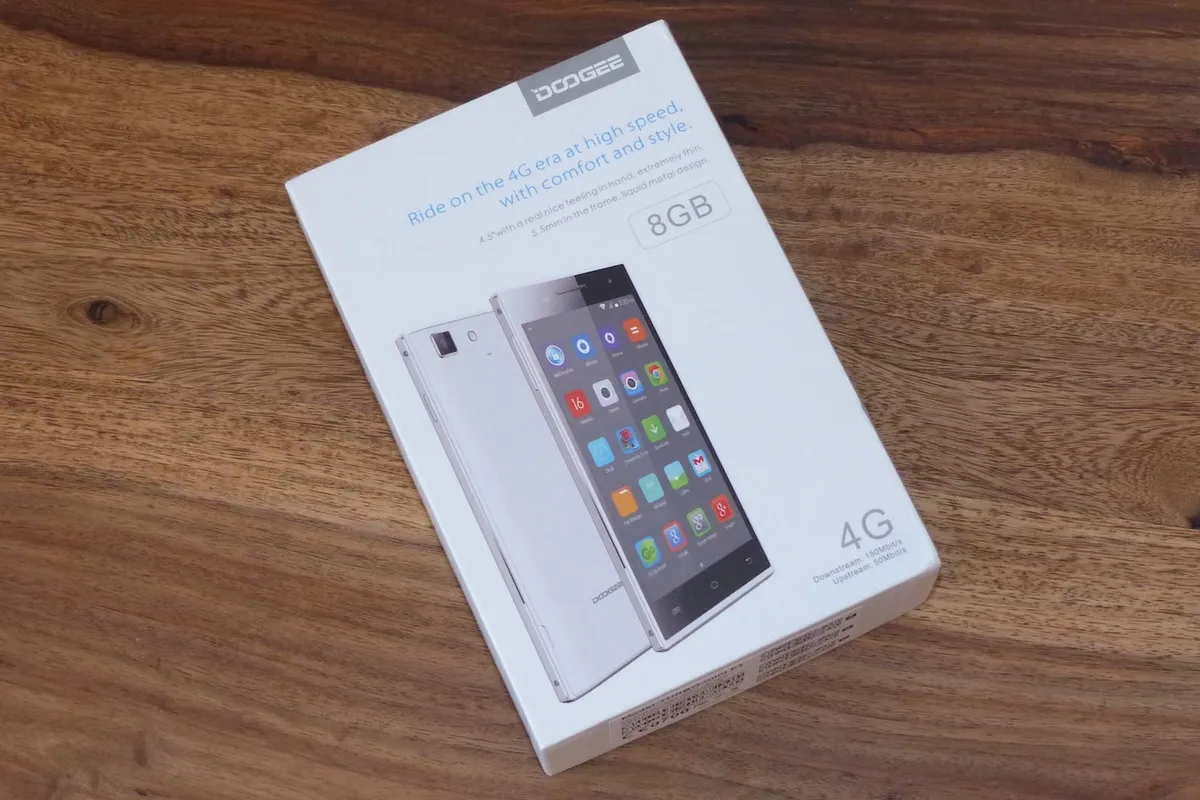

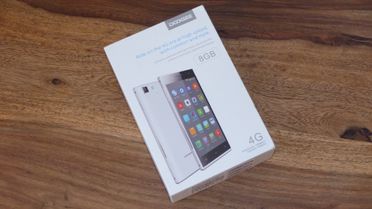
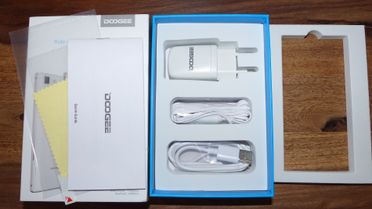
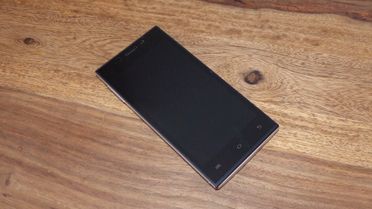
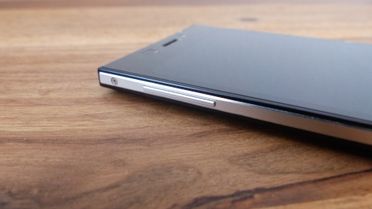
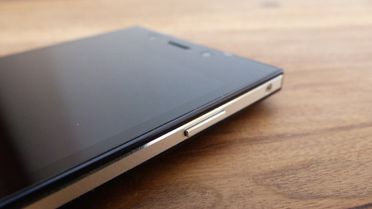
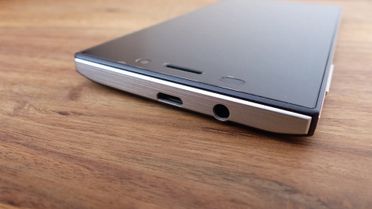

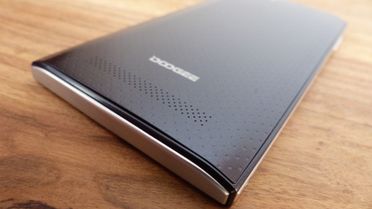
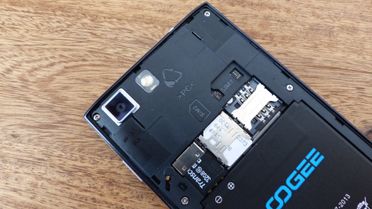
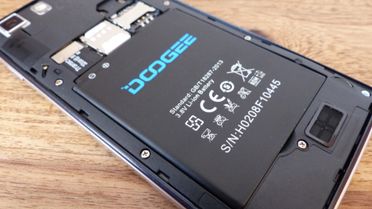
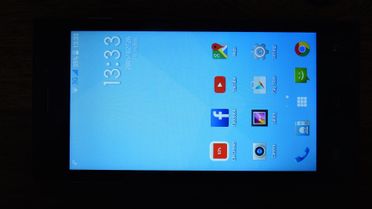

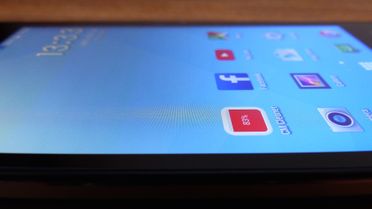
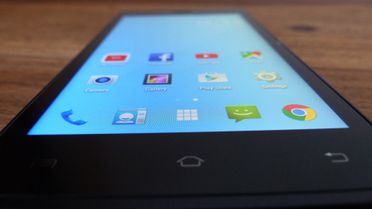
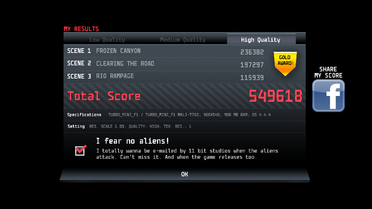
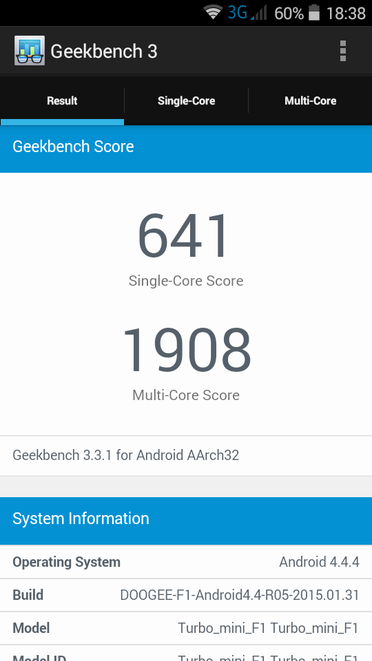
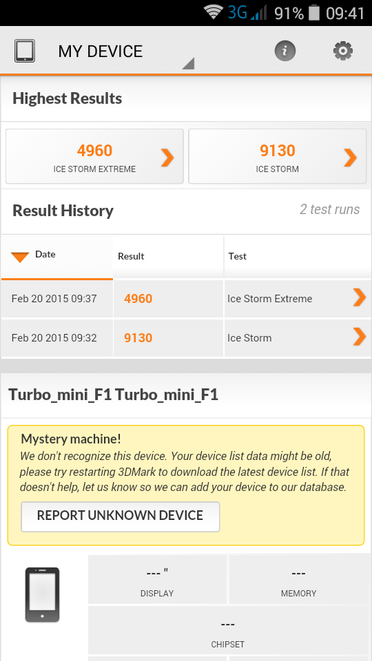
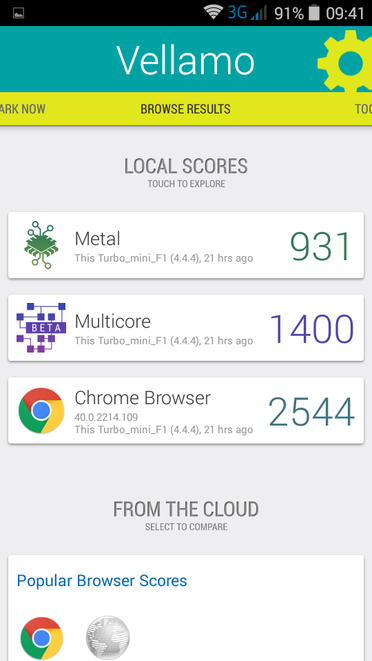
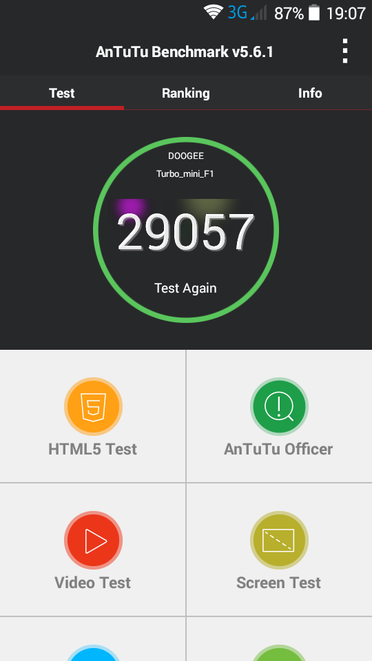
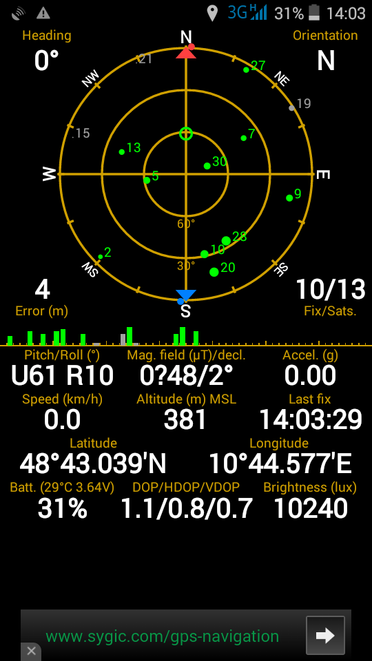
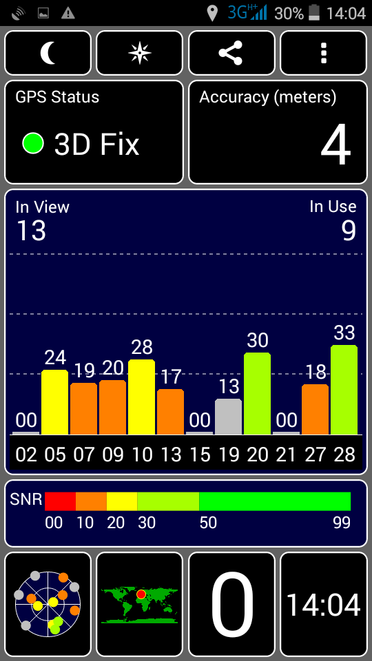










Place comments
0 Comments
You are currently seeing only the comments you are notified about, if you want to see all comments from this post, click the button below.
Show all comments